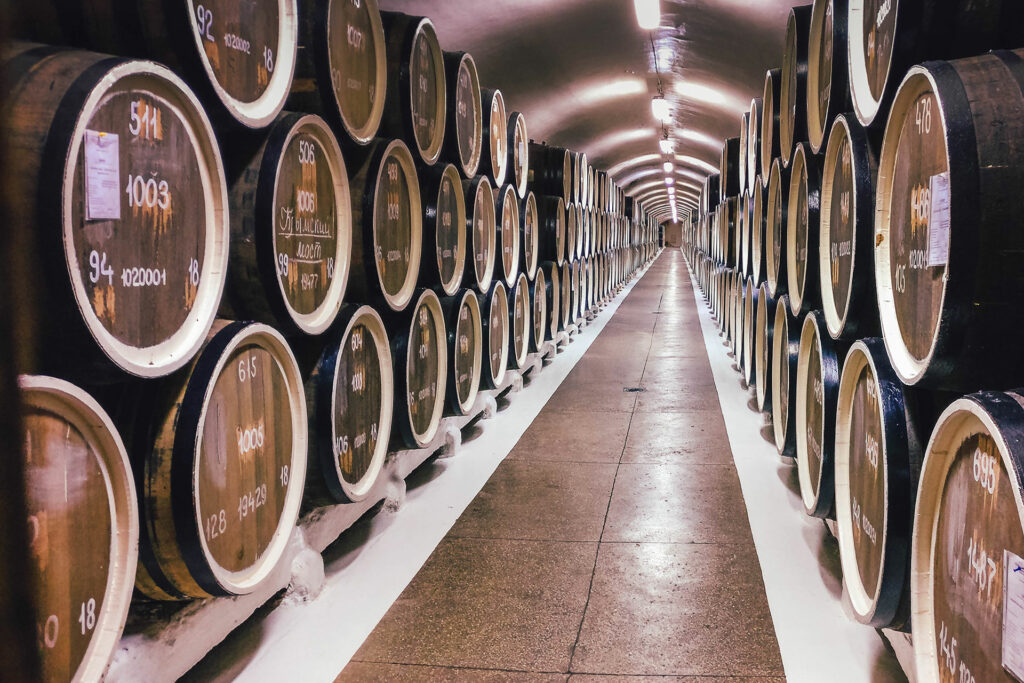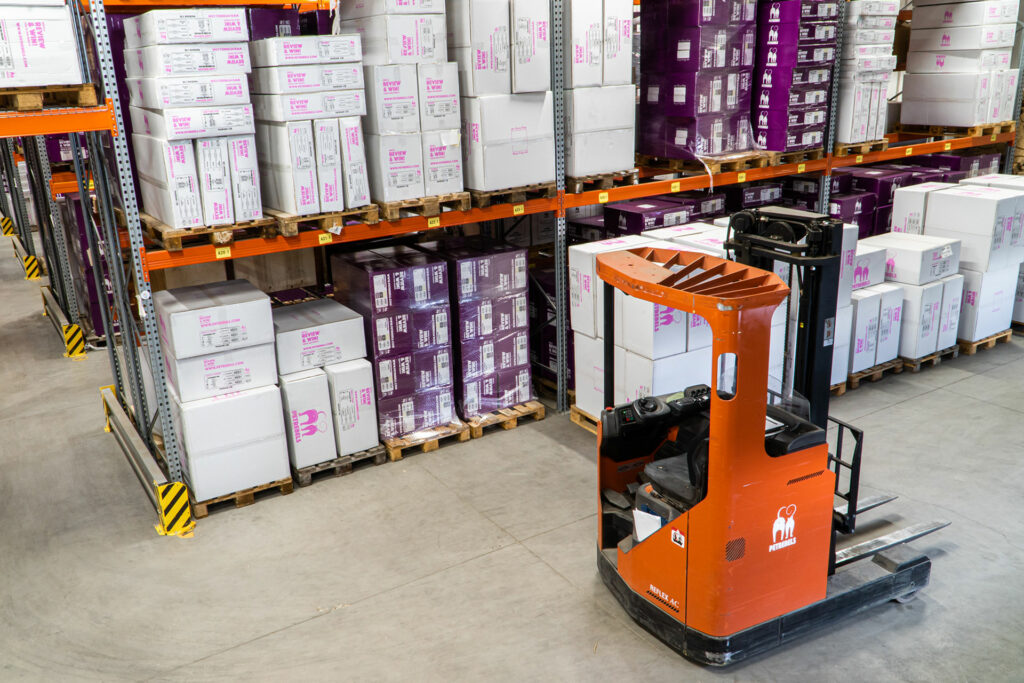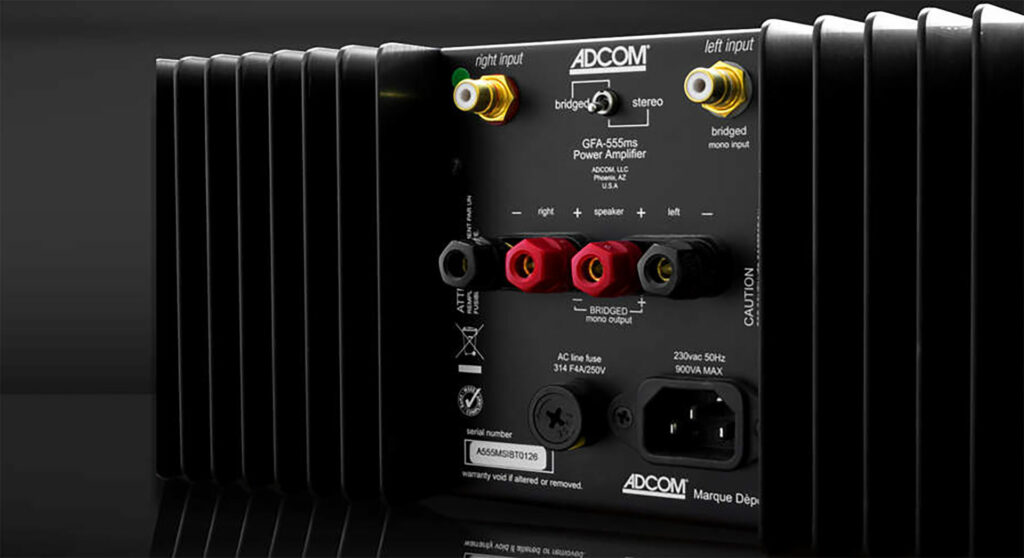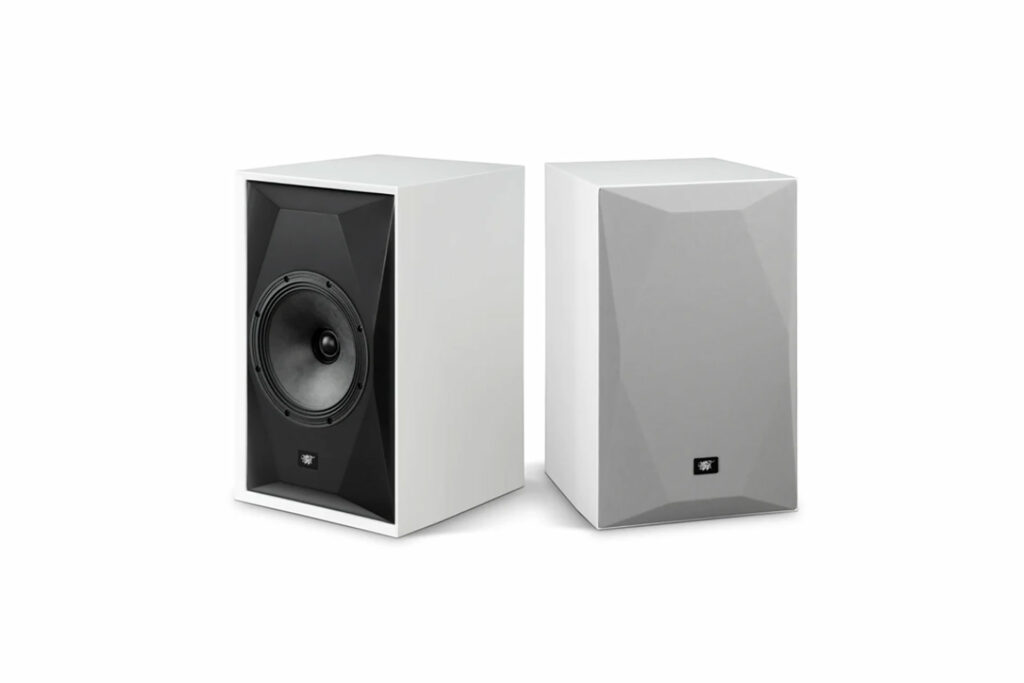The audiophile hobby has always been a bit of a cult of personality, based around mostly male, Baby Boomer engineer types, whose main purpose in life is to find the highest possible quality music playback performance from any and all of their various designs. Some of these guys have companies named after themselves, while others are quietly designing products for other audiophile companies, behind the scenes. To say that these designers, engineers and often empresarios are brilliant people is to understate the obvious. They also have a lot of unique design ideas that don’t always fit with the business model of the companies that they own or work for. Therefore, if you know where to look, you can get some really great, pedigreed products for a value price. Finding these products isn’t like chasing the Holy Grail, but it sometimes takes a little extra research and thought. Here are some of our best tips and a little bit of outside world background on the topic.

Starting With Wine: The Secret Force Behind the World’s Most Beloved Chardonnay
This all-star designer or rebadge strategy is not exclusive to the audiophile hobby. Here in California, Jim Clendenen was known for making the best Chardonnay in the state, or perhaps even the world. A beyond-colorful personality, he died in 2021 long after he established his flagship brand, Au Bon Climat, as one of the best Central Coast chards on the market at any price. His Clendenen Family Farms offerings could be hard to find, as people would load their cellars up with them anytime they saw them on a store shelf. But that wasn’t the limit to Mr. Clendenen’s wine marking reach. Celebrity chef Wolfgang Puck has Clendenen make the house chardonnay for his epic Spago restaurant. My favorite place for Santa Maria barbecue in the Central Coast is The Hitching Post 2, just off of the 101 Freeway about 20 or 30 miles north of Santa Barbara in the heart of wine country. If you’ve ever seen the movie Sideways, you’ve seen this simply fantastic restaurant, run by winemaker Frank Ostini. Frank is a world-famous maker of Pinot Noir. Who makes their house chardonnay? You guessed it … Clendenen in the day, and his legacy team today.

Are You Telling Me Costco Has Secret Designers and Manufacturers Too?
Costco seems like a pretty unsophisticated place to shop on the surface, with their no-frills vibe, but the reality is that they are a true innovator in merchandizing, while being a low-cost leader in the retail marketplace. The big thinkers behind the leading warehouse store in America know to uniquely merchandise each specific store based on the local demographic and their buying habits. No need to sell premium surfboards and accessories in Nebraska, right? What Costco does to keep their quality high but their prices low is to go to leading manufacturers of goods and have them make a product, often sold under their Kirkland brand. Their Kirkland golf balls sell for $19.95 a dozen, when the same company rumored to be making their golf balls, sells their industry-leading Titleist ProV1 balls for $55.95 per dozen. That’s a big savings if you play a lot of golf or hit the ball in the water more than most. Costco’s whiskey partner is reported to be none other than someone with ties to Macallan. A bottle of Macallan single malt scotch can range in price from $70 to $2,000 plus (10 years to 25 years in the cask, thus the higher price). Kirkland brand whiskey tastes quite familiar, but retails at a way lower price.

Audiophile Designers from the Past Started This Value-and-Performance Party
In my career, I’ve sold a lot of audiophile power amplifiers, but without question, the ones that I sold the most of (by far) were the Adcom GFA-555 and the Aragon 4004. These amps were my first hint at how rock star designers could build kickass audiophile products for other brands that created a unique value. At the time, Nelson Pass was perhaps the most famous amp designer in the world with his very high-end brands Threshold and Forte. Not everybody knew this, but he also designed Adcom’s GFA-555 power amp, which sold for about $600 at the time, and delivered a very respectable 200 watts per channel (you could bridge a second amp for double the power, if you had such needs) that could light up even the trickiest speakers to drive. Today, over 30 years later, vintage Adcom GFA-555s (GFA stands for “Great Fucking Amp,” in case you didn’t know) sell for the same retail price of about $600 to $700 on the used market.
In terms of career volume, I sold a lot of Adcom amps as a teenager/college audio salesman, but I sold even more, more expensive Aragon 4004 amps. This V-shaped amp had the look and feel of a big-dollar, audiophile amp, but was priced well below $2,000 for a very long time. What wasn’t a very well-kept secret was that Krell’s founder, Dan D’Agostino, was the Aragon 4004’s designer. When you listened to the amp, it made all of the sense. The Aragon had that Krell “big bass” sound and was a little cold-sounding on the high end. That sonic signature on the amp was why many audiophiles of that era matched either a Krell or an Aragon amp with a tube preamp, such as an Audio Research SP-9 that had a warm flavor that it could impart for a best-of-both-worlds sonic result. The fact of the matter was that you were getting a real Dan D’Agostino or Nelson Pass amp for a fraction of the normal price, and that sold a lot of amps.

Where Do I Find These Secret Audiophile Values Today?
We are glad you asked. Adcom is back in the market, and selling a modern version of the GFA-555(ms) for about $1,400. Indy Audio Labs owns the Aragon and Acurus brands today, and they make a version of the Aragon 4004 that has a different name and a nearly $5,000 price. Who knows how much of the original Dan D design remains today, as the modern amp shares the shape of the 4004, but how much else is yet to be determined.
John Curl is a name that you might have heard, as he designed the game-changing JC-2 stereo preamp for Mark Levinson in the mid-1970s. For decades, John has been designing the better amps and preamps in the Parasound lineup. Under new ownership, Parasound recently hired away designer Darren Myers from PS Audio. How many more John Curl-designed Parasound products will there be in the coming years? Who knows, but the current ones could potentially become somewhat collectable.
The man who wrote the book on speaker design The Loudspeaker Design Cookbook, Vance Dickason, is reported to have designed some of the better online-selling speakers, with brands that date back to the 1990s. When working with new reviewers at FutureAudiophile.com, we often ask them to read Vance’s book. His expertise in the speaker world is pretty obvious, so it is only logical to seek out his relatively affordable speakers, even if the speaker company doesn’t use his name to promote them.
Monoprice.com is probably the closest audiophile industry example of branding high-value products under the house brand name when they are made or designed by lofty names. While not confirmed with Monoprice.com, it is widely accepted that local speaker designer and subwoofer expert, Dr. Po Hsu, does the design work for Monoprice’s high-value subwoofers. Jeff Hipps, a member of the CTA Audio Board and longtime exec at Sherwood, is one of the key consultants for Monoprice’s higher-end headphones. ATI’s Morris Kessler is reportedly the design force behind Monoprice’s Monolith amps. Morris owns many brands of his own, including SAE, Datasat and Theta Digital. He is another manufacturer who made amps for Mark Levinson, Integra, Lexicon, Outlaw Audio, and so many others.
Mobile Fidelity is making big strides with their house brands, a growing list, I will say, including their Andrew Jones-designed speakers. Andrew worked for KEF. He designed super-high-value speakers and subs for Pioneer that got rave reviews. He worked recently with ELAC, and had many very well-reviewed products. MoFi Electronics was willing to give him his own signature line of speakers, and he jumped ship. Many audiophiles think the world of Andrew’s designs, and you can work your way through his past designs (not to mention his excellent MoFi speakers) to find some great values. Mobile Fidelity Electronics just sent us a phono stage, quietly designed by Peter Madnick, who is known for his work with Audio Alchemy and other audiophile brands. His phono stage is getting big compliments from Paul Wilson early in his evaluations.
So now you know the industry’s secrets and where some of the values reside. Perhaps this will influence your system positively the next time that you get the itch to upgrade.
Do you know of some products that are designed (or rumored to be designed) by a notable person that might not be obvious to the audiophile world? If so, share with us below in the moderated comments. We love to hear from you.




Great Article Jerry!
I remember my first experience with the Loudspeaker Design Cookbook (LDC) circa 1998. I was 18, and sitting with the group of audiophiles from a local store that adopted me as one of their own. We were at “Pag’s Place,” a local breakfast joint, and we would sit around and smoke cigarettes, talk audio, and loudspeaker design since despite most of them being 20 years my senior or more, could not afford the top-end speakers at the time… But we could clone them! Cloning speakers is far more difficult to do today with special cabinet techniques and off the shelf drivers are just not as cheap or a value like they once were. Another discussion for another time.
One of the audio guys would show up with a rolled up, 6th edition of the LDC in his back pocket. Barely out of high school, a free spirit, and no intention on doing anything meaningful with my life, I picked up a copy from the then catalog-only Parts Express. I was a solid “D” student in highschool, however I wanted, no, NEEDED to unravel the principals in the LDC so badly, I had to read it dozens of times, and locked myself in at home to teach myself the math while my friends were out partying.
So began my 20+ years of loudspeaker design and love of engineering. So much so this “D” student pursued his undergrad in electronics engineering which took longer than expected and was harder than I thought, but I did it. In many ways the LDC was a tipping point (another great book by Malcom Gladwell) in my life. Which is why I laugh when people think my obsession with audio and bringing good music to people’s lives is crazy… They simply have no idea how deep the river runs and how, from afar, Vance Dickason and many other audio greats have influenced and even helped me in my time on the pale blue dot.
A very Interesting and open minded Article.
Thanks buddy.
I like this one too.
It is like being able to share a secret with all of my readers.
Also among the long list of Nelson Pass influence on audio would be some of the Nakamichi equipment that used his Stasis design work.
Another example of an esteemed audio designer strongly involved in product design today is David Berning and the current Linear Tube Audio line. Classic Berning designs included the TF-10 and TF-12 preamplifiers and the EA-230 power amplifier. Today LTA uses his ZOTL (“Zero-Hysteresis Output Transformerless” for those curious about the acronym) designs in their lineup and the results are spectacular.
I didn’t know that.
I want a Nak Dragon cassette tape machine SO BADLY 🙂